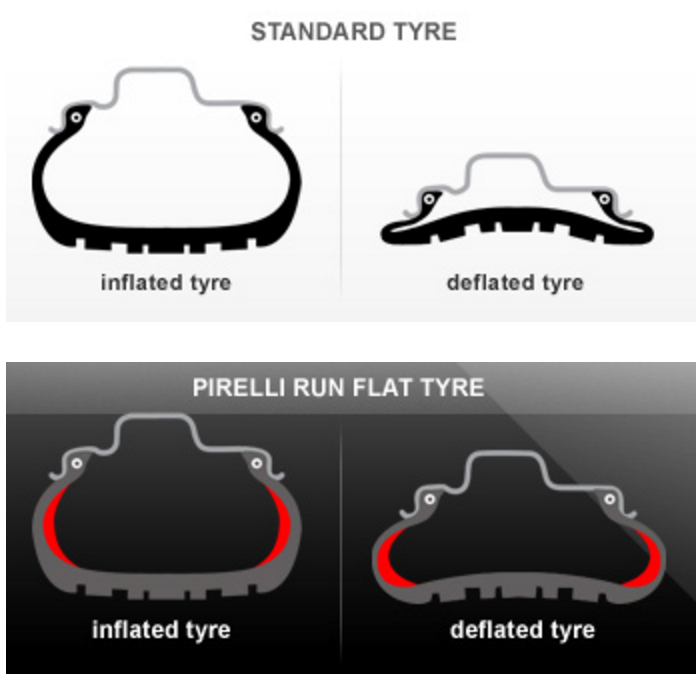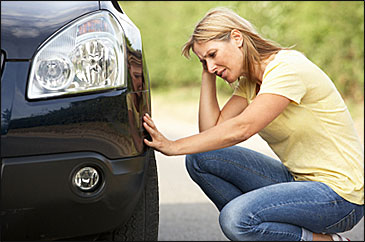

The tyre’s sidewalls are heavily reinforced to support the vehicle when the air pressure is low or even when the tyre has lost all its pressure.Run-flats can bear the car’s load even after the loss of air pressure, because the tyre’s structure was re-evaluated and redesigned. The development of run-flat tyres is essentially a way to intervene between a blowout and its potential consequences – a minor inconvenience at best, a fatal crash at worst. Worse yet, your car may have no spare, and you don’t know how to use the tyre repair kit. If you know how to change the spare, it’s a dirty job and chances are you’re not properly dressed for it. Most people may call roadside assistance, but they’ll likely be waiting about 45 minutes to an hour. That sinking feelingĪ flat tyre often happens at the most inopportune time or place. If the air pressure is incorrect, it compromises the air chamber and the tyre’s structure, which weakens the entire tyre and makes it more prone to damage. The air pressure that’s actually in the tyre.

The strength of the rest of the tyre’s structure.The amount of air it’s designed to hold in a chamber around the wheel.If that air is able to escape, the entire purpose is defeated.Ī tyre’s capacity is determined by the following factors:

The tyre’s role is to impose shape and structure on the air contained within. It’s the air inside the tyre that bears the weight of the car, not the tyre itself. Tyres possibly experience more wear and tear than any other part of the car. As the technology behind run-flats get better, they’re becoming more mainstream and easier to find, and are now standard equipment on a lot of mid-range and luxury cars. But as the technology proves itself, such components are increasingly integrated into the cars we drive. These innovations tend to be expensive at first, and limited in availability. Race car technology inspires many useful developments for regular cars.


 0 kommentar(er)
0 kommentar(er)
